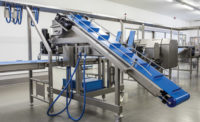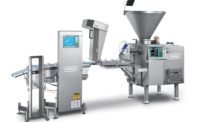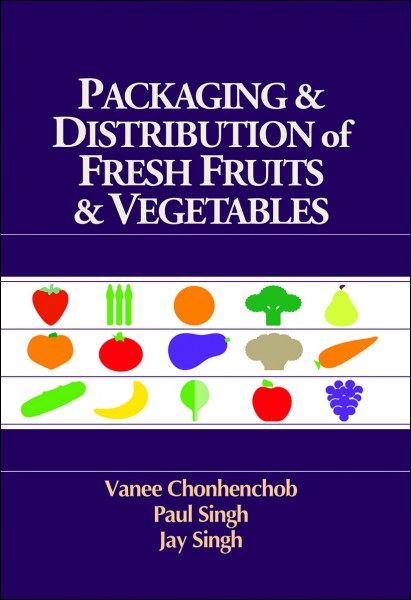Versatility of FFS packaging equipment serves confectionery manufacturers
Single-serve, on-the-go packaging requires quick, easy changeovers.

Adaptability is the sweet spot for succeeding in today’s changing confectionery industry.
The convergence of several consumer trends, such as single-serve portions and on-the-go packaging, is driving the demand for more flexible form/fill/seal (FFS) technology.
Active people, health-conscious parents and busy Millennials sometimes crave a treat, but they don’t want to overdo it by consuming ultra-large portions. Single portion packages and attractive, resealable and easily disposable pouches facilitate trends toward these smaller portions, according to the Flexible Packaging Assessment report from PMMI, The Association for Packaging and Processing Technologies.
Due to this growing movement toward single-serve packaging, confectionery makers are looking to invest in the latest FFS equipment. The FFS machinery category is forecast to experience the fastest growth of all groups to 2024, boosted by the continued replacement of single-function forming, closing and filling machines, according to PMMI’s State of the Industry – US Packaging Machinery Report.
Candy makers today, especially smaller processors, seek versatile machines capable of producing a variety of package styles. Changeover capabilities have become increasingly important as the need for shorter runs rises.
Heat sensitive confectionery products have unique packaging requirements. With any FFS technology used in the confectionery industry, attention to features such as sealing methods and hygienic and safe packaging processes need to be considered to preserve the integrity of the candy products.
The latest FFS packaging systems are designed to accommodate a wide range of packaging options at high speeds while ensuring food safety by using sanitary design. The systems combine flexibility and automation, as they often need to pack different products on the same line. These new machine designs also enable quick changeover.
Today’s FFS equipment must be able to handle gusseted, block-bottom, canoe pack and quattro seal formats on the same line, and easily switch from one to another. The more flexible the packaging system, the less time is required to change production runs to accommodate different pack sizes or formats. This means no mechanical adjustments when changing product or film, quick former changes and a wide variety of jaw size configurations that enable flexibility of bag size and format, film type and application on a single packaging system.
In addition, all FFS equipment needs to accommodate new food safety regulations. To that end, sanitary design has been the focus of many improvements. Current systems employ hygienic design to ensure mechanical components do not come in contact with food. There must be no small crevices for product to gather or bacteria to hide, thus eliminating the potential risk of contamination. Hygienic design of servo motors is another consideration as the hygienic design leaves product, and the pathogens that follow, nowhere to hide.
PACK EXPO East 2020 (March 3-5; Pennsylvania Convention Center, Philadelphia), provides the ideal opportunity for candy manufacturers to source the most current FFS technology with the right mix of flexibility and sanitary design for any confectionery application. Produced by PMMI, the three-day event will bring together 7,000 attendees, with 400 companies showcasing new technologies in 100,000 net square feet of exhibit space.
Looking for a reprint of this article?
From high-res PDFs to custom plaques, order your copy today!








